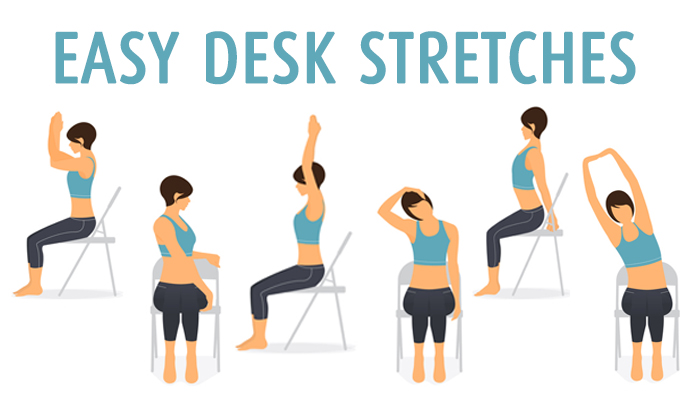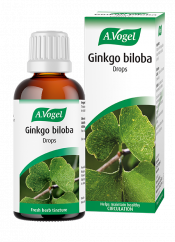What is the best exercise to improve circulation?
Guidelines suggest we get 150 minutes of aerobic exercise a week, in addition to some strength activities such as lifting weights. This may seem like quite a lot, but please take into account the fact that exercise can be broken up into smaller segments. A 30-minute walk done 5 times a week is much more achievable than trying to get your weekly quota of exercise into one day!
Movement of any kind is very beneficial for circulation, but here I have listed a few low-impact options you may want to try:
- Walking
- Jogging
- Desk stretches
- Cycling
- Jumping jacks
- Swimming.
Let's take a closer look at how these can benefit circulation and find some tips on how to include them in your routine.
1. Walking
Exercises such as walking can improve the body's ability to take in and use oxygen.1 This causes the blood vessels to dilate more easily so they work more efficiently in circulating blood throughout the body.
If you aren't used to doing an awful lot of exercise, start really small and walk 5 minutes away from your house, then back again. You can gradually increase the distance the more you do it.
To reap the benefits of walking, keep to a fast pace that gets your heart rate up. It's also a good idea to walk in different places so that you don't get bored. So, check out the routes around your work (so that you can take a walk at lunch time) and look online for some country parks nearby that you could explore at the weekend.
2. Jogging
Jogging is a good option for anyone wishing to take exercise up a notch, but it is still less intense than running. Again, jogging promotes good circulation by helping to pump blood through the body.
Many local running groups offer 'couch to 5k training' where you can gradually and safely increase your jogging distance. This also has the benefit that you'll meet some like-minded jogging partners.
If you'd rather try out jogging alone, at least initially, put on some comfortable shoes and jogging bottoms and head to an area you feel comfortable with. When you get going, alternate between jogging and walking for short stints. The more you do it, the longer you'll find you can jog!
3. Desk stretches
If you spend a lot of time sitting, either at work or in your free time, this can be quite detrimental for circulation. It hampers blood flow, causing blood to pool and contribute to problems like varicose veins, especially in the lower limbs.
To get your legs moving when sitting, keep one foot on the ground and raise the other leg till it is straight out in front and parallel with the floor. Point your toes up to the ceiling, hold for 10 seconds, lower your leg and then repeat with the other leg. Next time you try this, do some figure of eight movements with your ankle when your leg is in the air.
To stretch out the arms, raise them to the side until they are level with your shoulders. Keep your palms facing forwards, hold for a few seconds and then raise your hands until they are above your head, and hold. Return your arms to your lap, rest, and then repeat the exercise once more.
If you would like some more guidance on how to keep yourself moving when sitting down, take a look at the exercises our Get Active Advisor Louise has put together in her blog 'Easy stretches to do at your desk'.

4. Cycling
Cycling gets the heart rate up and helps to increase blood flow around the body. Doing this activity regularly can also reduce the risk of problems including heart disease and strokes.
When starting out, get comfortable negotiating your bike round local parks. Once you're happy, you could use your bike to complete everyday errands like shopping trips and social visits. If you can make cycling a part of your everyday routine, it'll be much easier to stick to.
It is important to stay safe when cycling by wearing a helmet and following the highway code. You can find out more about this on the UK government website.
5. Jumping jacks
The great thing about jumping jacks is that you can do them anywhere, at any time, to help get your heart pumping and your blood flowing.
Have you been sitting too long watching television? Have you been driving for a while? Well, get up and do a few jumping jacks to get moving again.
For a longer workout, try following a few of our endurance exercise videos consecutively.
6. Swimming
Swimming offers a full body workout, without being too strenuous on any particular area of the body.
The easiest way to get started is to head to your local pool and do as many lengths as you feel comfortable with. As with some of the other activities listed here, you should see improvements the more you do it.
If swimming isn't really your thing, water aerobics can be a fun alternative that also promotes good circulation.
References
1 https://www.ahajournals.org/doi/full/10.1161/01.cir.0000048890.59383.8d
Results: What's your favourite kind of exercise?










